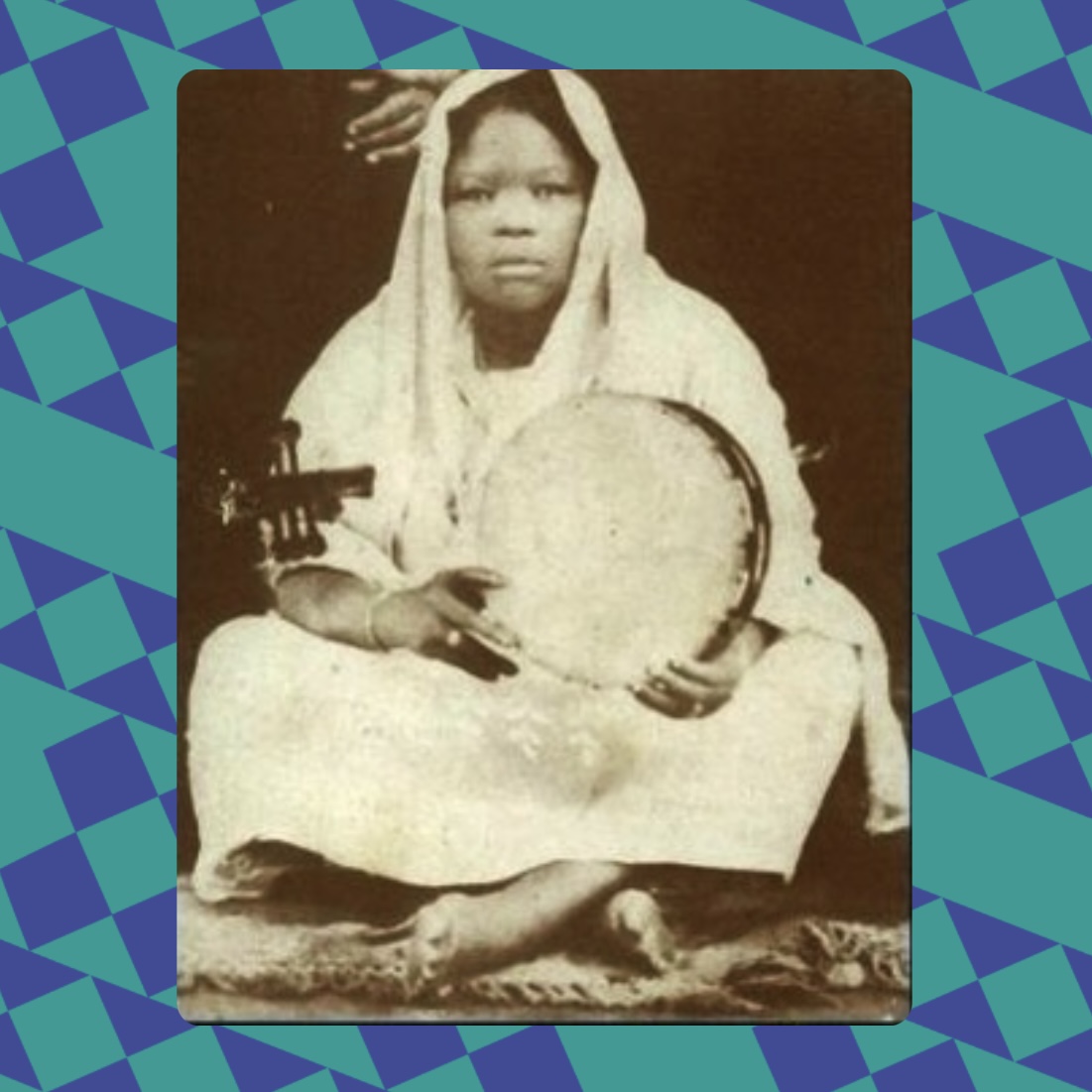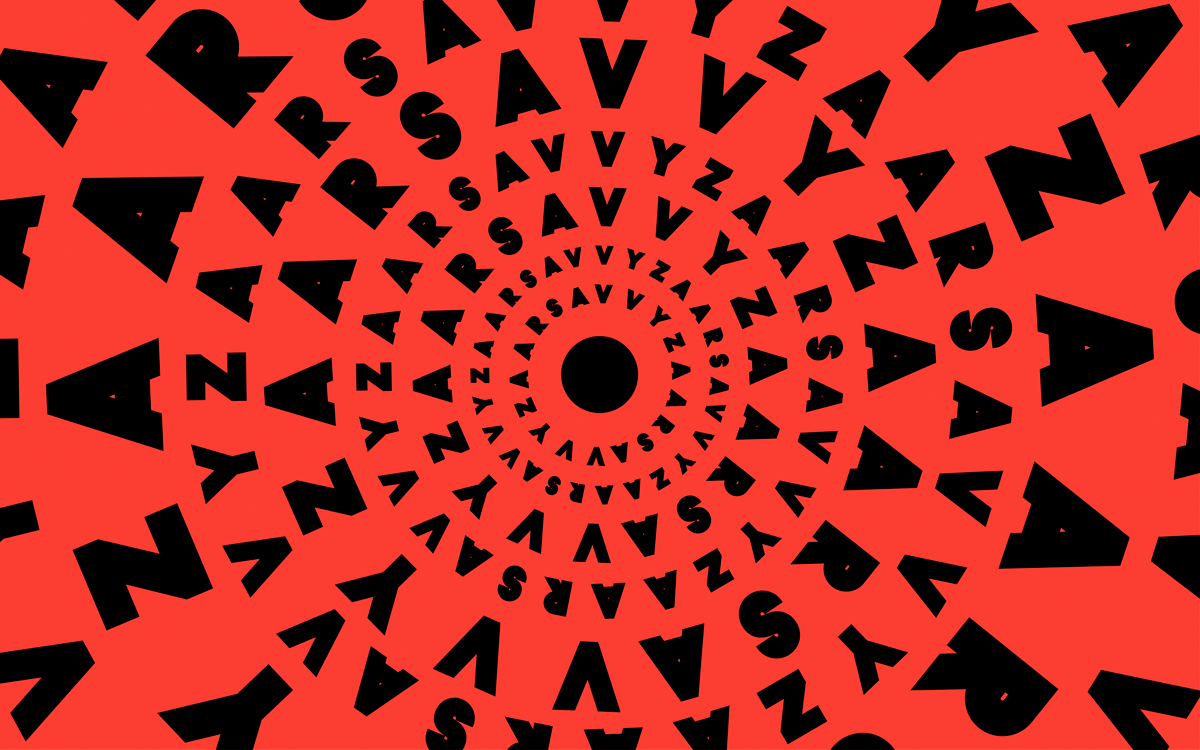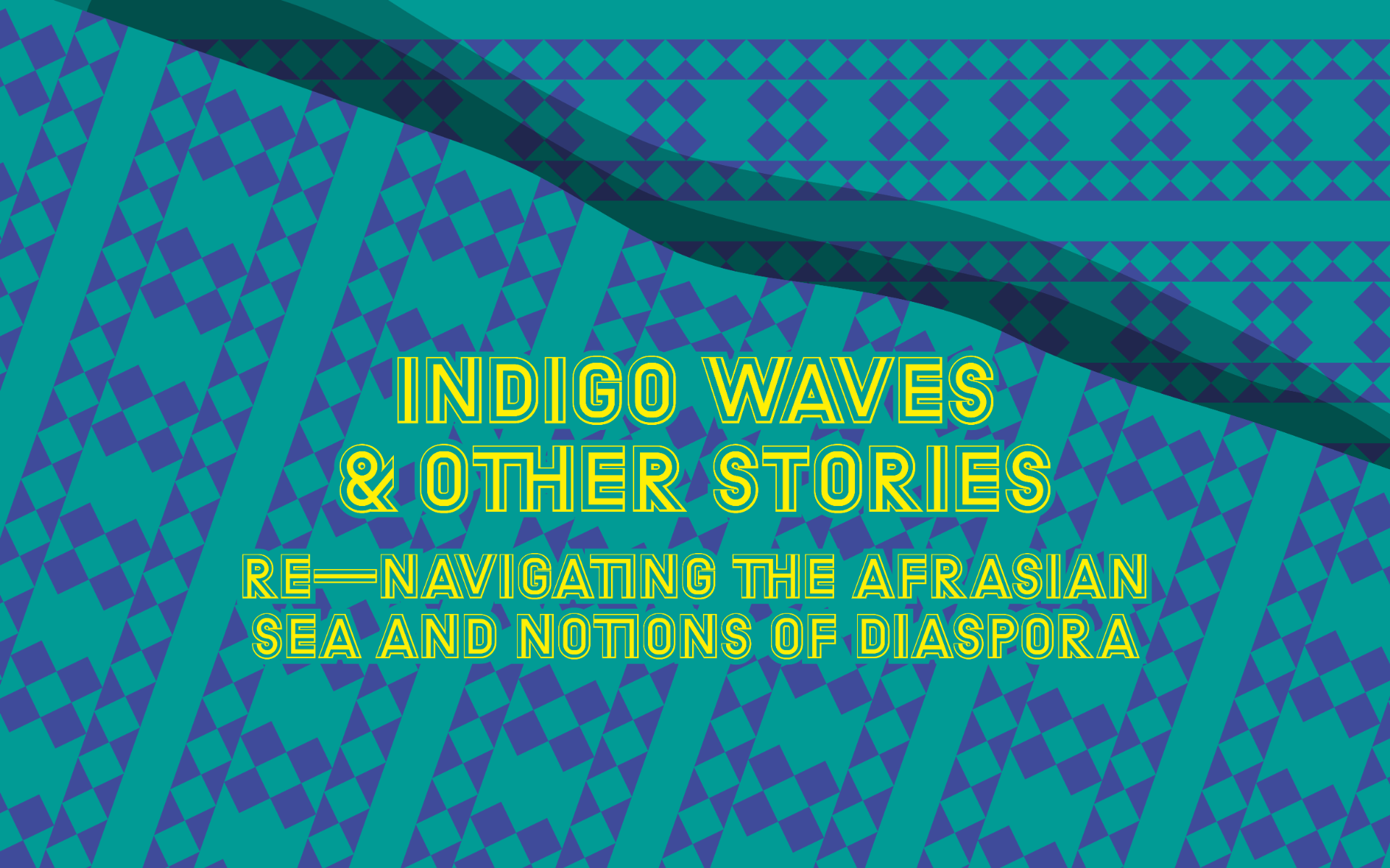Indigo Waves And Other Stories

Playlist Sunday 23.04.2023 16:00
With Natasha Ginwala
SAVVYZΛΛR Online streaming and on Berlin 88.4 FM & Potsdam 90.7 FM
On SAVVYZΛΛR, we follow the waves of our new exhibition INDIGO WAVES AND OTHER STORIES through a playlist by Natasha Ginwala, one of the show's curators.
The playlist assembles sonic affinities exchanged through the curatorial and artistic dialogues which have accompanied the process of the exhibition. These frequencies range from Abdullah Ibrahim’s piano notes in Maraba Blue rounding the corners of the Cape of Good Hope, to Alice Coltrane summoning Water with her harp, and the electric Benju of Ustad Noor Bakhsh from the Makran Coast of Balochistan. The creolised songs and percussive remembrance rendered by Maloya and Sega music entwine the trauma of plantation memory, displacement, and recognition found in acoustic inheritances across Reunion Island and Mauritius. The sound waves move into the Swahili Seas with rare recordings from the 1950s, to Nairobi Matata Jazz, that brought together Kenyan and Congolese musicians – highlighting how Congolese rumba flowed into East Africa syncopating drum textures and Swahili language vocals. It holds dedications to Zanzibar and Dar es Salam on various tracks through Franck Biyong, Msafiri Zawose, Dem Juju Poets, and the magnificent Siti Muharram‘s take on the Taarab masterpiece „Pakistan“ (which never fails to make Natasha cry). Fela Kuti and Roy Ayers roar anthems like nighttime waves on a full moon with “Water No Get Enemy“ and “Africa, Center of the World”.
The soundscapes ask, what does oceanic “Re-memory” look like? How does one correspond with and commemorate these terrains that are equally of connection as they are of indenture and trauma? The ocean is a persistent form even as it is eternally in flux. It thus yields a monumental archive of pre-colonial memory. As we transmit the knowledge that is harboured within many of us as water beings, INDIGO WAVES AND OTHER STORIES seeks to set up reciprocal motions that unsettle established geopolitical assessments and the dominance in academia around the North Atlantic. Instead, we attend to open tides of acculturation, Afrasian imaginaries, and an atmosphere of multiple tongues and monsoon cycles of the Indian Ocean system.
Visual The image shows Siti Binti Saad
Core Radio Team Kelly Krugman, Manuela Garcia Aldana, Ola Zielinska
Management Lema Sikod, Lili Somogyi
Communication Anna Jäger
Design Juan Pablo García Sossa


